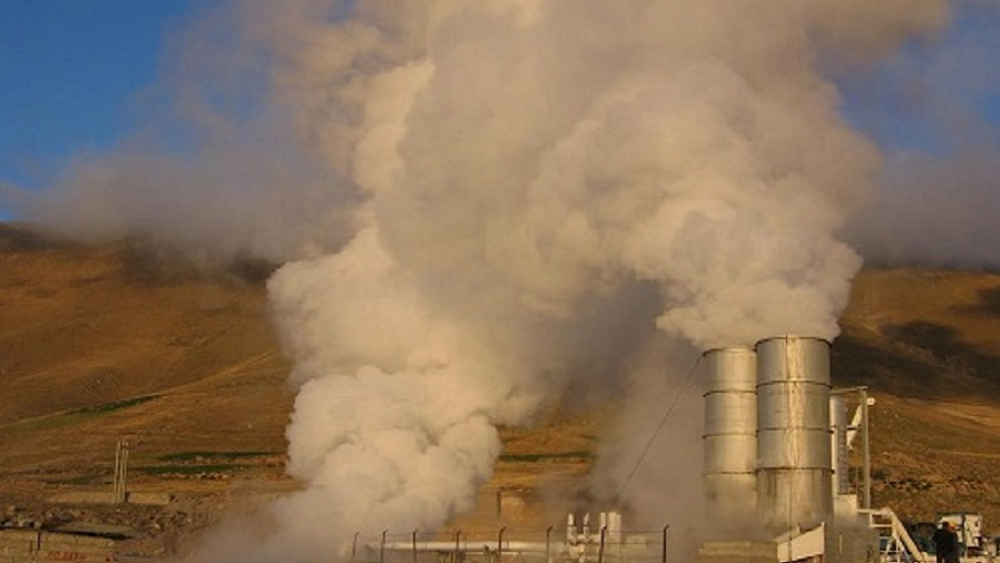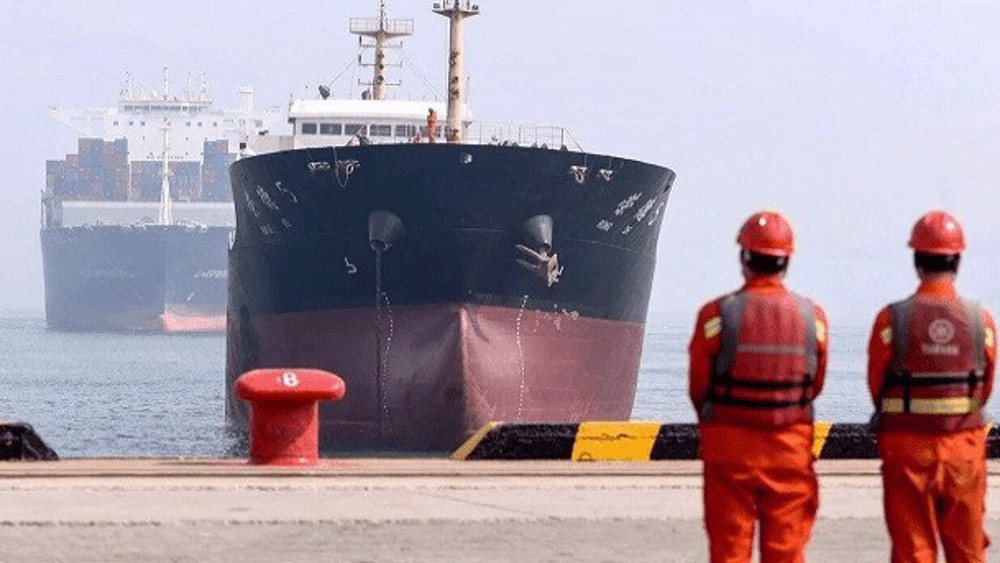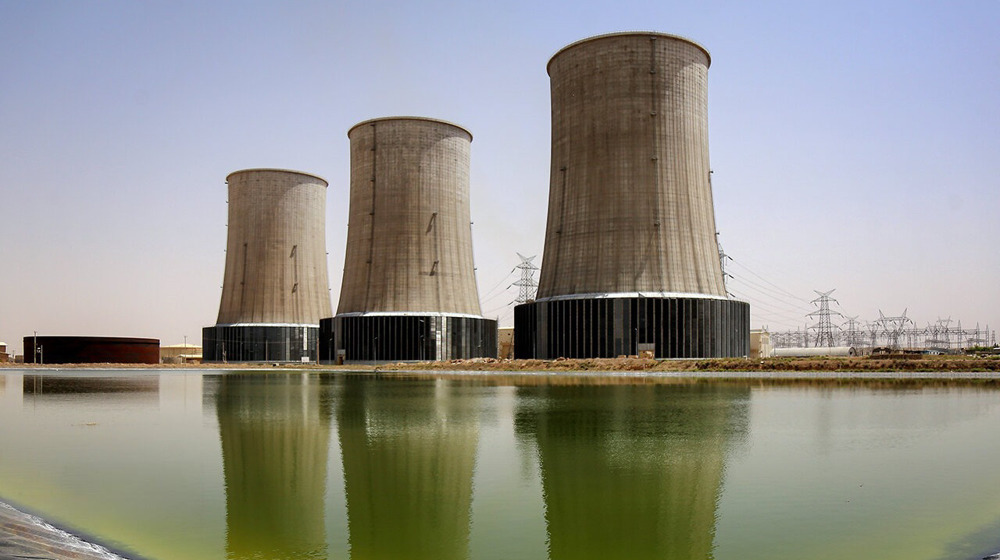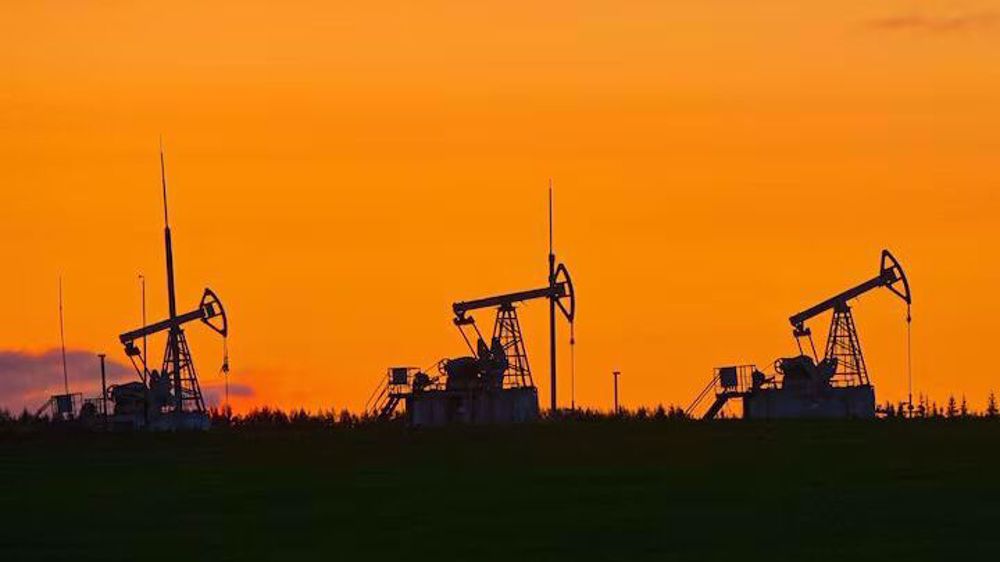Geothermal is Iran’s other potential energy game-changer
With geothermal energy emerging as a game-changer among the various renewable energy sources, Iran has great potential for generating electricity from this energy source.
In December, the 27 EU members jointly endorsed geothermal energy for the first time at a meeting of EU energy ministers in Brussels amid their push to replace Russian gas and bring down energy prices.
Iran’s national power grid is also under growing stress from runaway demand, where energy imbalances are forcing many industrial units, including gas power plants, to switch to mazut, a low-quality, heavy oil which is highly polluting.
Geothermal energy is a clean, reliable, and virtually limitless energy source. Unlike renewable supplies from wind and solar, geothermal energy can be a constant power source.
Geothermal projects drill underground to access local subterranean heat, which is brought to the surface to provide a constant source of heating to buildings, or to generate electricity.
The study of the use of geothermal energy in Iran began about 48 years ago when an Italian team of specialists scouted out four important areas of Sabalan, Khoy, Maku, Sahand and Damavand for potential establishment of power plants.
After the Islamic Revolution, Iran resumed the geothermal energy potential measurement project, as a result of which Taftan and Bazman in Sistan and Baluchestan, Tabas and Ferdows in South Khorasan, Khur and Biyabanak in Isfahan, Takab and Hashtrud in Iran's Azarbaijan and Mahalat in Markazi provinces were identified as new areas.
Further studies were conducted by Japan’s Kyushu University in 2011, and 18 areas were finalized with geothermal potential and the resources to produce electricity.
According to the International Energy Agency (IEA), the shale drilling techniques that led to a boom in oil and gas output have also spurred the development of geothermal.
The new structure of geothermal is very similar to the oil and gas revolution, with the new technologies unlocking the global potential with the so-called horizontal drilling and hydrofracking as used in shale.
Geothermal heating could rise to as much as 800 gigawatts (GW) globally by 2050, according to IEA data and global investments would need to exceed $1 trillion by 2035 and $2.8 trillion by 2050.
Among the 18 areas mapped out for geothermal development in Iran, Sabalan in Ardabil province has been decided as the first priority, where studies began in 1995 and the Renewable Energy Organization of Iran (SUNA) commissioned explorations in the region to a New Zealander company.
Finally, the location to spud three exploratory wells was determined, with the National Drilling Company of Iran hitting a reservoir with a temperature of about 250 degrees Celsius which is a very good temperature for generating electricity.
Iran's first geothermal power plant is about to be hooked up to the national grid in the summer of 2025 - but that after about five decades.
According to SUNA, Meshginshahr at the foot of the volcanic Sabalan mountain range is the ideal place where installing 100 megawatts of geothermal energy capacity is in the works, with a possibility to raise it to 400 MW later.
However, these are all baby steps and Iran does not have the necessary infrastructure for exploration, drilling, and assessment of reservoirs.
In fact, the bulk of the work in geothermal energy is related to exploration and recovery from the ground. Once the steam comes out and becomes available, the construction of the thermal power plant is not much different from a conventional thermal power plant.
In January, the governor of Meshkinshahr criticized the uncertainty around the operation of Iran's first geothermal power plant in the city after 23 years, saying the project had become a football between the thermal Power Plants Holding Company and SUNA.
There is also the challenge of investment and infrastructure on the way of geothermal expansion, but the promotion of the sector is worth every effort.
Given the geothermal resources in Iran and the country's high potential in using this clean energy, the development of geothermal power plants can play an important role in generating electricity and reducing dependence on fossil fuels.
Preliminary studies and surveys of geothermal resources in Iran indicate that the country can achieve about 5,000 megawatts of installed capacity which can increase later with further development.
Hidden strengths of Iran’s post-revolution economy
UK Supreme Court dockets Iran’s appeal over London building confiscation
Israeli airstrikes kill three in northern Gaza amid truce breaches
EU targets platforms refusing to ‘censor free speech’: Telegram CEO
Chechen leader vows retaliation after Ukrainian drone strike
US pressures European allies to take over NATO duties by 2027: Report
Remembering Refaat Alareer: Gaza’s storyteller whose words turned pain into power
VIDEO | Press TV's news headlines










 This makes it easy to access the Press TV website
This makes it easy to access the Press TV website